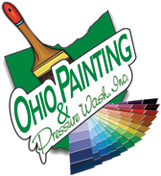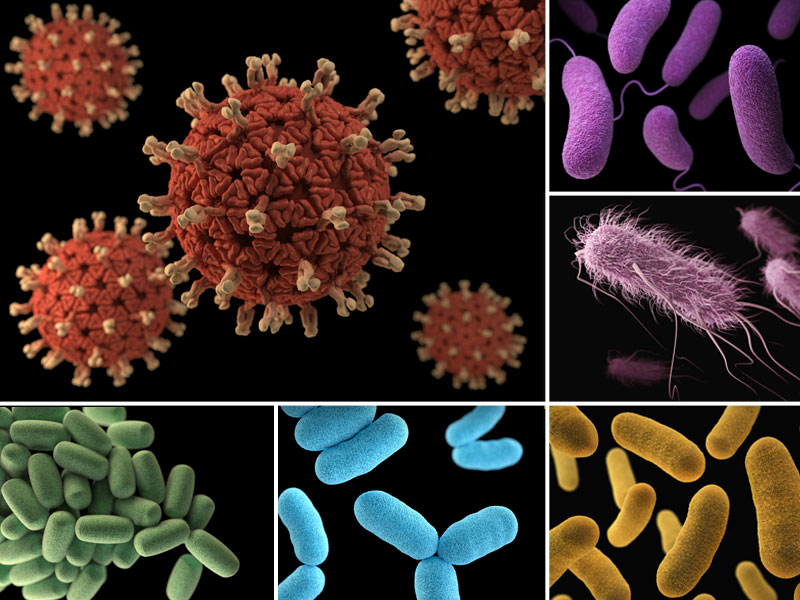Antimicrobial paint is a specially-formulated coating containing agents or chemicals designed to inhibit the growth of various microbes such as bacteria, mold, or mildew. Antimicrobial paint creates a surface not conducive to supporting microbial life thus limiting the growth or spread of said microbes.
Where is Antimicrobial Paint Typically Applied?
Antimicrobial paints are ideal for areas in and/or around the home that are susceptible to experiencing high levels of moisture. Typically, kitchens, bathrooms, laundry rooms, and basements experience higher levels of humidity which aids and supports the growth of microbes. High traffic areas in a household such as hallways, entrances, dining rooms, and living rooms are also places where antimicrobial paint can be of benefit. For exterior applications, antimicrobial paint is less of a concern as bacterial or microbe growth is inhibited by weather conditions (i.e., temperatures) and direct exposure to sunlight. However, in areas susceptible (again) to high levels of moisture and the possibility of mold or mildew appearing, the use of antimicrobial paint can be considered.
What Are the Benefits of Using Antimicrobial Paint?
By limiting the growth of bacteria and other microbes, a better, more healthy environment can be created in the home. General cleanliness, hygiene, and improved air quality lessen the likelihood home occupants will incur or become susceptible to health issues brought about by exposure to pathogenic microbes.
What About the Durability of Antimicrobial Paint?
Antimicrobial paints are formulated to be durable and long-lasting and will outperform regular paints in areas of high moisture or high traffic.
Antimicrobial, Antibacterial, Microbicidal: Is There a Difference?
Yes, antimicrobial agents in paints inhibit the growth of microorganisms such as mildew and mold while also reducing odor from bacterial growth. The antibacterial components in paint inhibit the growth of bacteria only. In essence, antimicrobial paints protect the surface of the paint from deteriorating by inhibiting the growth of microbial organisms
Microbicidal compounds in paint actively kill a broad array of microscopic organisms including bacteria and other pernicious microorganisms. Hence, microbicidal paints are more appropriate for hospitals or other healthcare facilities where the complete elimination of deleterious microorganisms is desirable.

